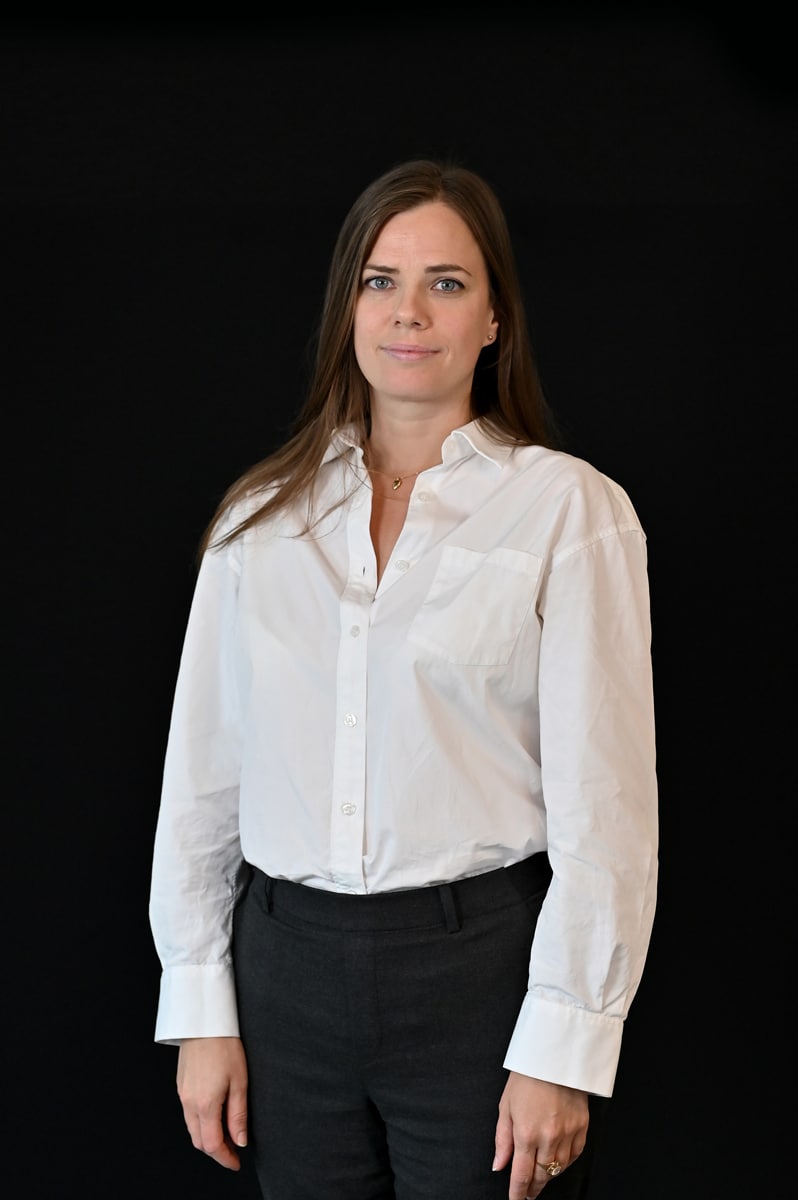Environmental permitting and impact assessment
New activities, expansions and extensive changes in an organisation’s operations are often preceded by a formal permitting process according to the Swedish Environmental Code. Our goal is to create the conditions for a robust and sustainable application process by identifying a project’s unique conditions and challenges at an early stage.

How DGE can help:
Today, we work with our Swedish industry and energy production customers on permit applications for environmentally hazardous activities, water operations and sea-based wind power.
In these projects, we assist as required with the following:
- Project management
- Strategic advice on the content and boundaries of the permit application
- Support during procurement, for example of inventories and environmental impact assessment studies
- Implementation of the consultation process and handling contacts with regulatory authorities
- Drawing up documentation in collaboration with our customers for operation in relation to the best possible techniques and BAT conclusions
- Identification and description of relevant direct and indirect environmental effects and consequences from the organisation, i.e. an environmental impact assessment
- Proposals for the formulation of conditions in the formal application containing the organisation’s claims
- Depending on the orientation and scope of the permit application, it may be necessary to implement a number of environmental studies. For example, these could be emission-related measurements in the air and water, or calculations of air dispersion of emissions, surface water and storm water management and baseline reports.
DGE is able to carry out the majority of such studies in its own right, but also has a broad contact network and can procure sub-consultants on request.
Things to remember during permit applications:
A sustainable application
In an application process, it is important to make strategic decisions that allow provision to be made for the organisation’s future plans in the current permit. This includes making the most of the organisation’s opportunities for growth for a sustainable application.
A reasonable schedule
The process from project start to decision can take a long time, and to some extent this is due to the scope of the application and need for any investigations. A tight schedule therefore assumes a greater proportion of planning and strategy, together with dedicated resources to reduce the risk of “mistakes” and the need to repeat steps in the process.
Understanding of the process
Internally anchoring the permit process and the need for resources from the business is important to ensure project progress and successful management of any investment needs on the road to obtaining a decision. We therefore prefer to begin every assignment by training the customer’s current management team.
Malin Karlsson
Malin has worked as an environmental consultant with a focus on permits and regulatory issues for almost 10 years, and has extensive experience of permitting processes for Swedish industry.
